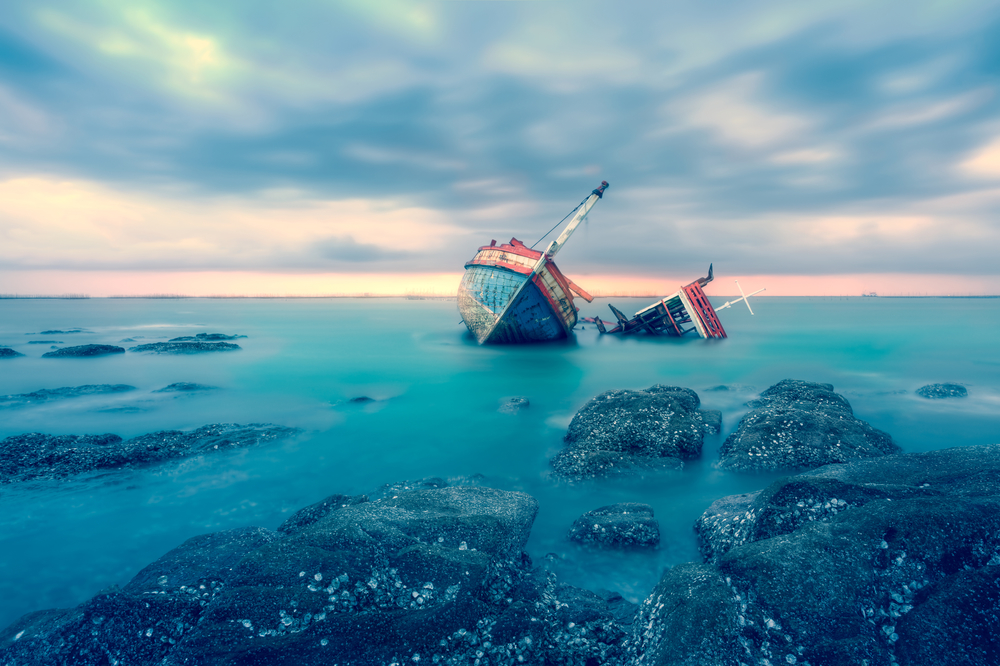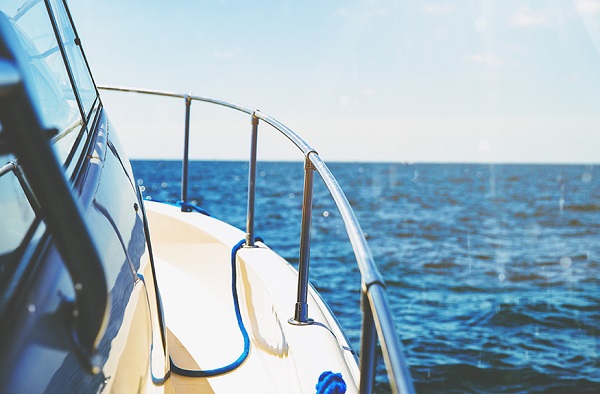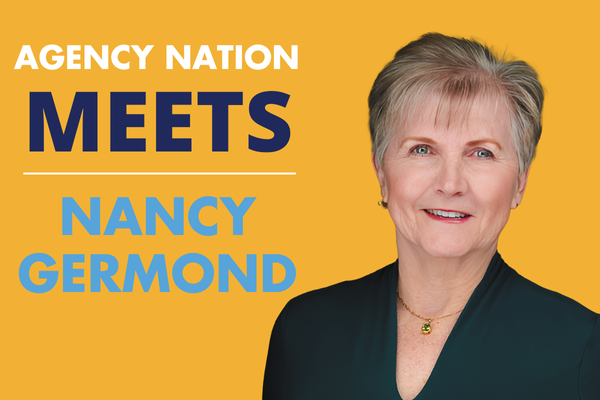Perfect Storm: Why Profits Are Sinking in Commercial Marine

By: Jacquelyn Connelly
In late December, the Sincerity Ace, a car carrier, caught fire during a voyage from Japan to Honolulu.
After 18 hours of retrieval and maneuvering efforts by four nearby merchant ships, the Coast Guard and Navy, only 16 of 21 Sincerity Ace crew members were rescued, and the vessel was abandoned in the Pacific Ocean.
Just a few days later, a fire started in a container aboard the Yantian Express while it was in transit in the Atlantic. The fire spread to other containers, forcing evacuation of the vessel.
It took firefighting tugs a full week to bring the fire under control. The local port authority where the ship ended up moored estimated that it would take at least two months to complete discharge operations of the cargo, but hundreds of the containers are expected to be a total loss.
Later that month, the APL Vancouver, another containership, also suffered a fire while sailing from Shekou, China to Singapore. Despite no reports of injuries to crew members, damage to the ship’s cargo was significant—and more than a hundred of the 4,500 containers were carrying hazardous materials.
“This year started off with a series of extremely large vessel losses and, sadly, loss of life and several casualties—a great deal of activity that is impacting the cargo market,” summarizes Sean Dalton, head of marine underwriting for North America, Munich Reinsurance America. “We’ve seen six or seven of these just since December, and they’re all significant.”
The greatest challenge with a shipboard fire, assuming the crew can gain access to it in the first place, is that “if the vessel fire suppression system doesn’t extinguish the fire or if the fire exceeds the crew’s ability to extinguish it, it quickly escalates to a very serious condition where crews need to abandon ship,” Dalton explains.
By the time a military, coast guard or salvage vessel comes to rescue the crew and extinguish the fire, “there are already significant casualties, loss of life, bodily injury, economic losses both insured and non-insured, environmental concerns—the smallest price tag is probably $100 million,” Dalton says. “And some of them will be much higher.”
The recent string of high-profile losses is hitting commercial marine insurance at a time when “the majority of ocean marine lines are struggling,” Dalton says. “One of the motivating factors for having a specialty line of business such as ocean marine is that you expect over time that you’re going to outperform your property-casualty counterparts, but marine is in a situation where insurers have actually underperformed and had outsized losses relative to the size of the line of business.”
Especially in the U.S., the commercial marine market “has experienced over-capacity, ultra-competitive rates, aggressive terms and conditions, and higher broker compensation” for several years, says Anne Marie Elder, head of marine insurance in North America, AXA XL.
“It’s affected the marine market’s overall profitability,” Elder continues. “For many carriers, the desire to grab business at any price has set both underwriting discipline and business acumen adrift.”
“The results have materialized, and they’re not good,” Dalton agrees. “Plainly stated, for a majority of marine lines of business, premiums are not risk-adequate. They’re not sufficient to cover the cost of loss and expenses. That’s concerning, and it’s across all lines, both primary and excess.”
The marine liability market, for example, is “consistent with the non-marine casualty markets in the U.S.—it’s struggling with a lot of the same challenges,” Dalton points out. “Plaintiff attorneys have found the marine market. From the increase in world trade volume to the increasing size of the vessels that transport that cargo, the exposures and liabilities are becoming more challenging each year.”
Even the cargo insurance market, which five or six years ago was “one of the most profitable lines of ocean marine insurance,” has become “one of the least profitable lines,” Dalton says. “Cargo hasn’t made money in a number of years.”
And in the midst of an overabundance of capital and lack of underwriting discipline, the increasing frequency and severity of natural catastrophes wrought by climate change hasn’t done anything to help alleviate challenging conditions.
Quite simply, “marine assets are located on the coast,” Dalton says. “They’re in commercial ports, marinas—everything from the yacht to the shipping container to the warehouse. That means these assets are exposed to natural CATs, and the same natural CATs that have impacted the property market have impacted the marine market.”
On one hand, Elder points out that the melting of sea ice has opened the Arctic trade routes for longer periods of time: “Shipping companies are optimistic about the potential to save time and money, while taking advantage of more lucrative charter rates. Cruise ships are looking into adding Arctic trips to their portfolio of exotic cruises.”
But despite the opportunity from a profit standpoint, “these new routes create new risk that could be very problematic,” Elder says. “There is currently no infrastructure and minimal services in place in the event of an emergency.”
These issues are all “very pertinent for a marine underwriter,” Dalton says. “As you technically evaluate your business and the exposures you take on alongside the role of climate change in increasing the severity and frequency of everything from storm surge to wind and flood, all those perils are of concern.”
How will commercial marine underwriters respond to these challenges? Keep an eye on IAmagazine.com and upcoming editions of the Markets Pulse e-newsletter to find out.
Jacquelyn Connelly is IA senior editor.








